When I met with Murdoch Mysteries costume designer Joanna Syrokomla earlier this year, I asked her about her favorite women from history and she mentioned Emilie Flöge, particularly for her fashion sense. Always curious about trendsetters from the early 1900s, I read up on Flöge and quickly became a fan. She was an early female fashion designer who didn’t let her unconventional ideas about clothing and life get in the way of her ambition. A free thinker, bohemian, artist, and business owner, her’s is a story to be remembered and a creative spirit to inspire people still today.
Early career
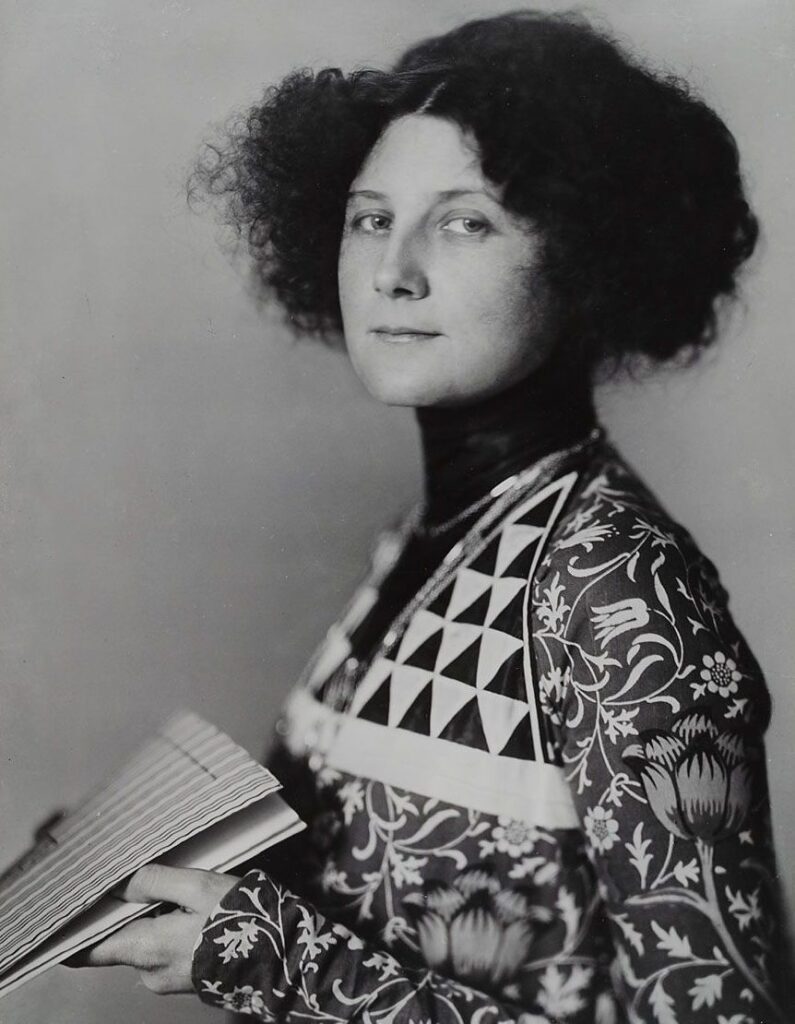
Emilie was born in Vienna in 1874 to a father that is described by Wikipedia as a “master turner and manufacturer of Meerschaum pipes, Hermann Flöge.” Perhaps craftsmanship was a family trait, as clothing design would come to run in Emilie’s family. It was her sister Pauline who began the tradition, opening a dressmaking school in 1895 and employing Emilie. The two made a great pair, soon winning contests and being awarded commissions for society women. Emilie was a dutiful student as well, earning an advanced degree from the school.
Within a few years, the sisters, along with their other sister Helene, decided to open a boutique to cater to their growing list of elite members of the Viennese community. It is with this shop that their stars would begin to truly rise beginning in 1904.
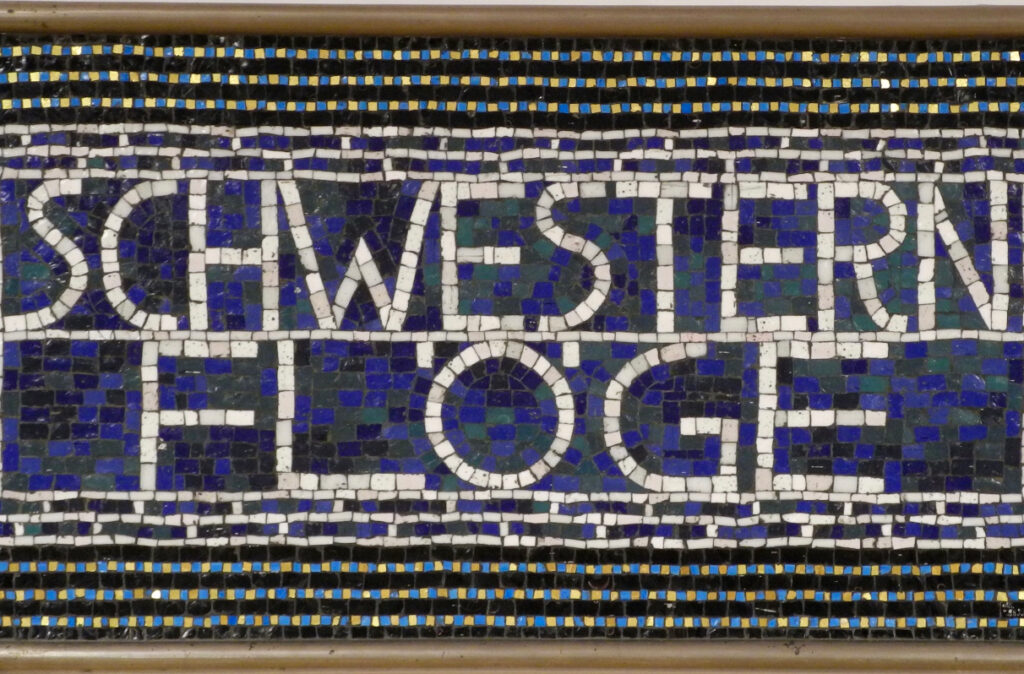
The sisters soon attracted more clients, not just for their couture dresses, but because the boutique itself was a sight to behold. Named “Schwestern Flöge” (Flöge Sisters), it was in the center of a popular thoroughfare, and employed artists and architects to design the interior in the art nouveau style. Says Harper Bazar’s Anna Furman in a rare blog post on Emilie:
“Unlike other retail stores, the Flöge sisters displayed alluring art objects that were not for sale, including lapis-lazuli inlaid boxes, tortoiseshell combs, marbled paper notebooks, silver chalices and hand-carved wooden dolls. The store was furnished with sleek, adjustable mirrors; geometric, carved wood chairs; and black-and-white chequered tables.”
A style emerges
Not only were Emilie and her sisters running a popular couture boutique years and years before the names we know today (many online sources will point to the fact that they were at least half a decade ahead of Coco Channel, Emilie’s designs were unlike anything else being sold. Taking her inspiration from the artist circles she traveled in, she created a look that was in striking contrast to even the new styles of the early 1900s. Some of her trademark looks were bell sleeves, wide skirts falling from empire waists, mixing embroidery with light fabrics, and dresses that look to be a joy to prance around in.
Having now looked at dozens of photos of her creations, I can easily say that I’d wear most of what she designed on a daily basis.
While she was truly bold, artistic, and imaginative with her designs, she did have some influences around her that I think are worth mentioning.
Wiener Werkstätte (Vienna’s Workshops)
The few online English resources about Emilie’s life mention that she was influenced by the styles of the “Werkstätte,” but few expand on what that means. Well, I discovered that the Wiener Werkstätte was an artists community established in 1903 that brought together artists and creatives of all types, from metal workers to milliners. It was a business venture as well, with those officially employed creating pieces that were stamped with the Werkstätte mark and sold.
Emilie’s association with these circles and her love of design lent to a way of thinking about dress and clothing as an extension of the body that resulted in incredible dresses.
Dress Reform
Thinking outside of the box about clothing wasn’t just about being artistic. While Dress Reform advocates in the states struggled to make progress, some European countries/communities were much more open to new ideas. This is why there are few examples of clothing similar to Emilie’s being worn in elite American circles at the same time.
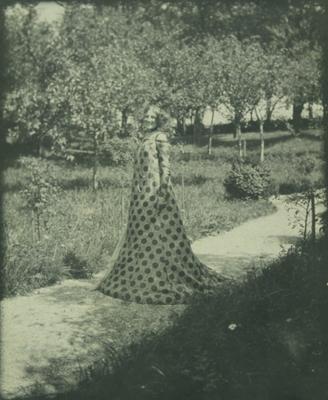
The “reform” style of dress differed drastically from the states to Vienna. While “rationals” in the states largely consisted of a short dress worn over bloomers or “Turkish trousers,” a “reform dress” in this part of Europe referred to a long, loose, spacious dress. The one pictured below is an example and is labeled “Emilie Flöge wearing a reform dress” by the Museum for German and Austrian Art.
Says the National Gallery of Victoria: “Reform dress was a powerful new statement of revolutionary modern values. Loose, flowing and bold, it was a fashion that rejected the tight-laced bolstered style of historicist Vienna. It celebrated instead physical freedom, self-expression, closeness to nature, and the vitality of other ethnicities from within the Austro-Hungarian Empire itself to the Far East.”
Gustav Klimt
I prefer to discuss Emilie in the context of her own accomplishments and brilliance, but it cannot be avoided that she was the lifelong companion of no other than artist Gustav Klimt. Not should it be, for the two of them had a remarkable partnership and interwoven artistic collaboration that had a huge impact on both.
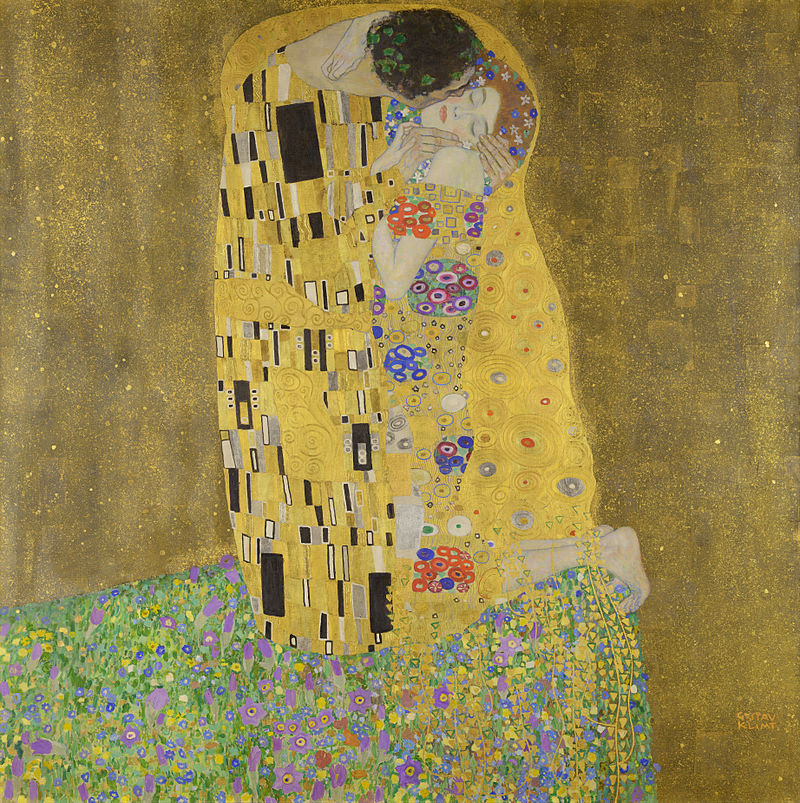
I do not yet know the details about how the Flöge family and the Klimt family came to be aware of each other, but at some point in the 1880s, Emilie and her sisters posed for paintings that he and his brother had been commissioned to create to capture the Auditorium in the Old Burgtheater, Vienna. Unfortunately, I have not been able to identify the paintings with the sisters, but it must have been a memorable experience, as the two families would remain linked for the rest of their lives.
In 1891, Helene married Ernst, and sadly the marriage would be short-lived. Ernst died a year later. By that time the families were so close that Gustav became the guardian of Helene and Ernst’s daughter (also named Helene) and would take care of the mother and daughter until his death.
Gustav first painted Emilie also in 1891 and the two formed a bond that would never be broken. It is highly believed that the female subject of one of his most famous paintings, The Kiss, is Emilie. While it is hard to confirm with limited ability to research, the woman in the painting and the photos of Emilie do look very much alike.
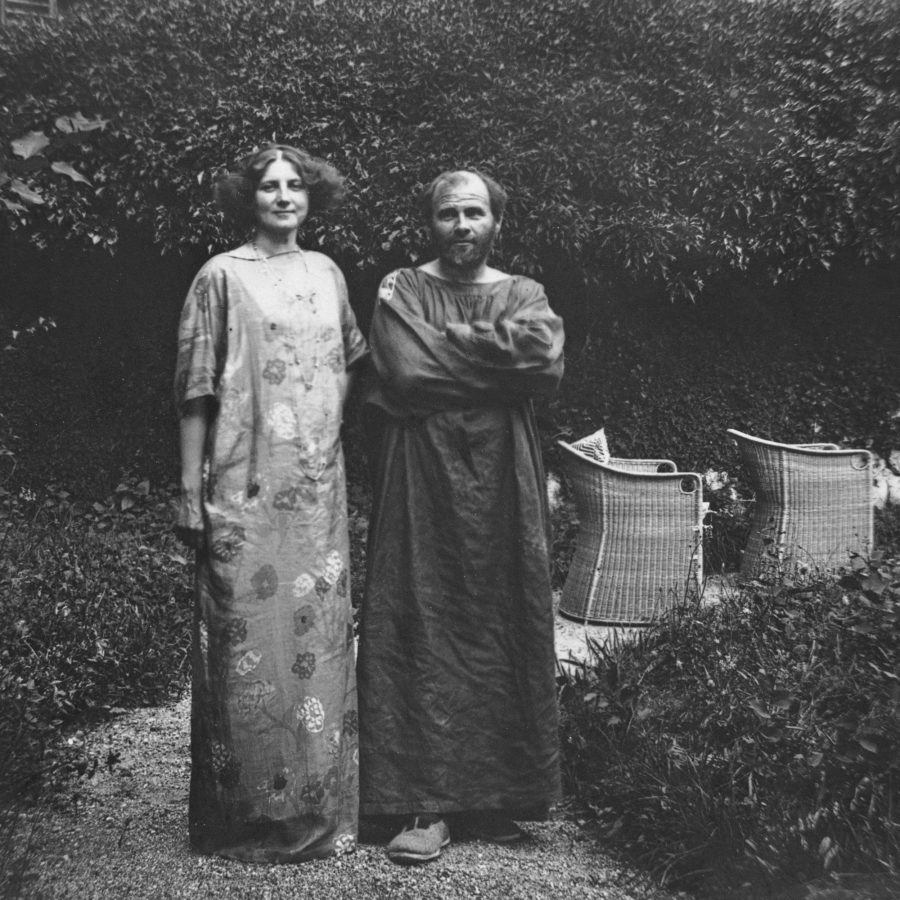
There is no doubt that the two of them had a powerful artistic influence on each other. Take, for instance, the photo of them to the right. Considering they are both wearing the loose, triangular style of dress that Emilie was becoming so known for, and considering the style would show up in Klimt’s work, they must have had enormous respect for each other’s ideas. And despite never marrying, the two stayed in each other’s lives until the end. It is widely said that the last thing Gustav ever said was “send Emilie.”
Emilie Flöge: a woman to be remembered
It surprises me that such a small amount of information exists about Emilie Flöge. I was not able to find any podcast episodes on her life, books, or videos in English. Yet her contributions to fashion, innovative spirit, and accomplishments deserve to be recognized next to such contemporaries as Isadora Duncan. So, if you are interested, make sure to share her story, and ask that other content creators do the same! And now, let’s take a look at more of her fabulous creations:
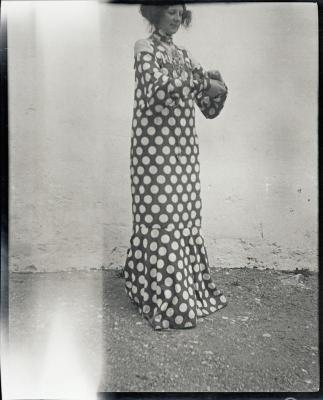
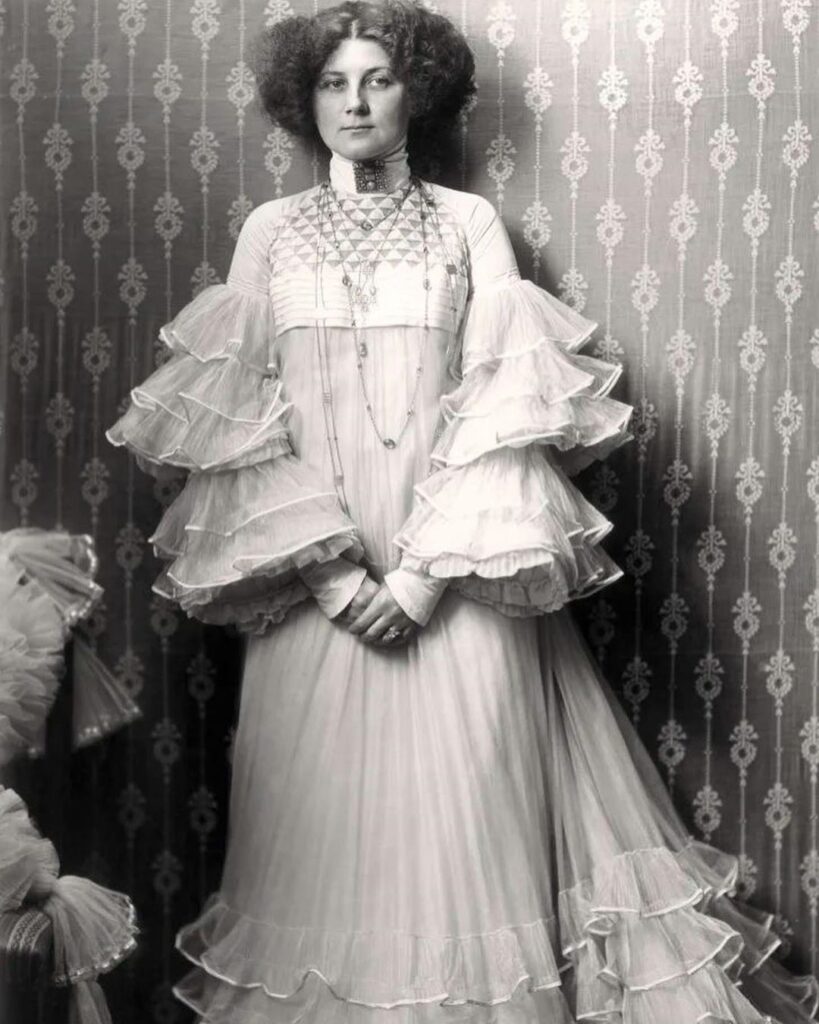
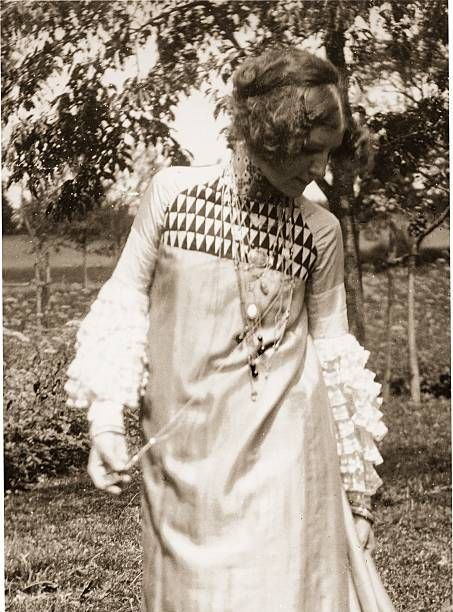
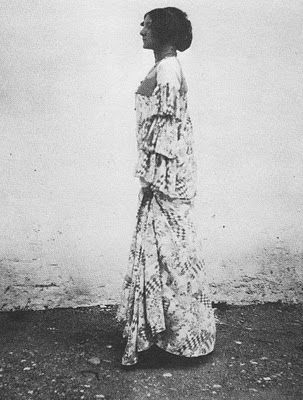
You may also enjoy:
Edwardian Women’s Fashion: Morning, Noon, and Night
11 Interesting Facts about Annette Kellerman, Edwardian Swimming Star

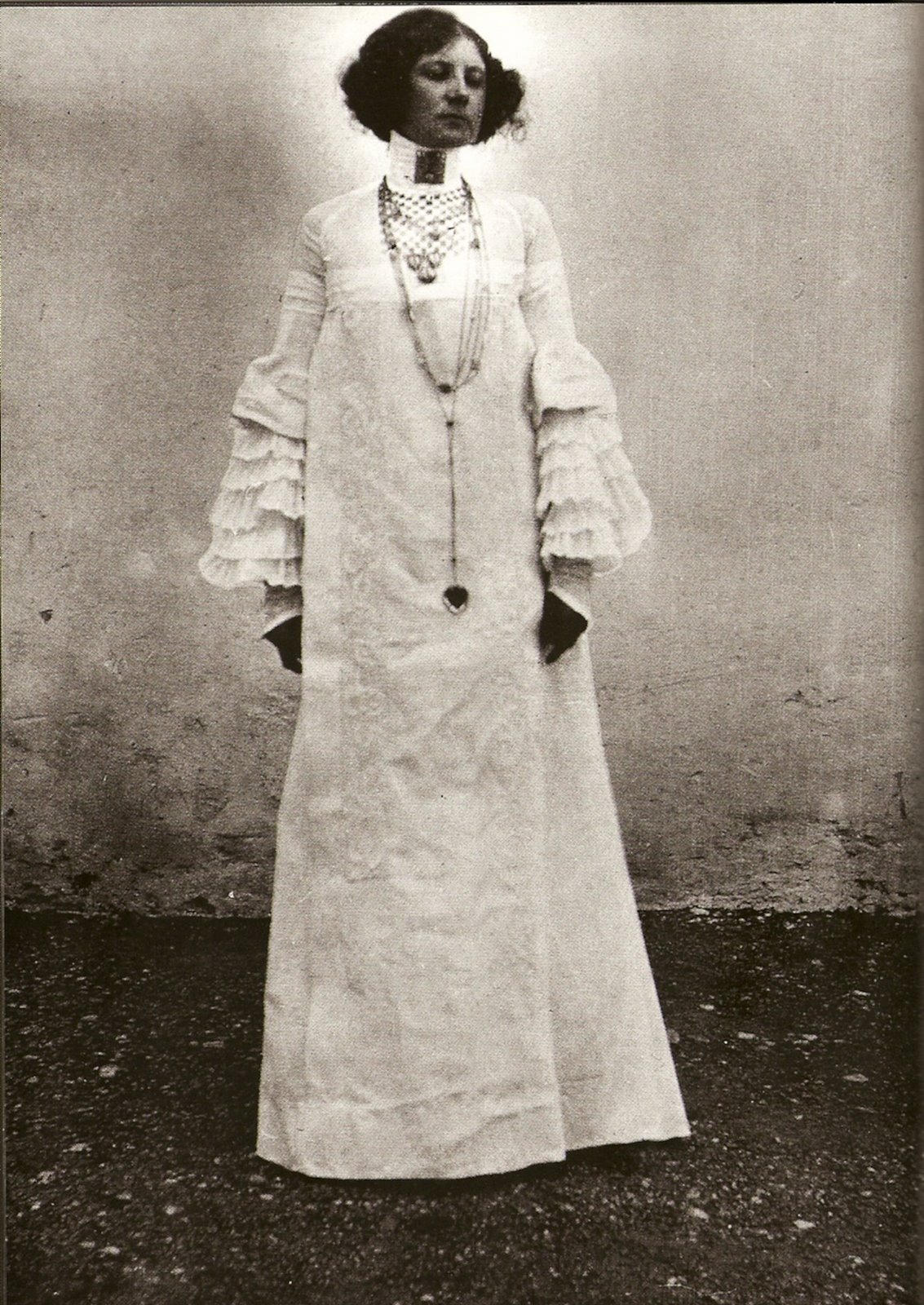






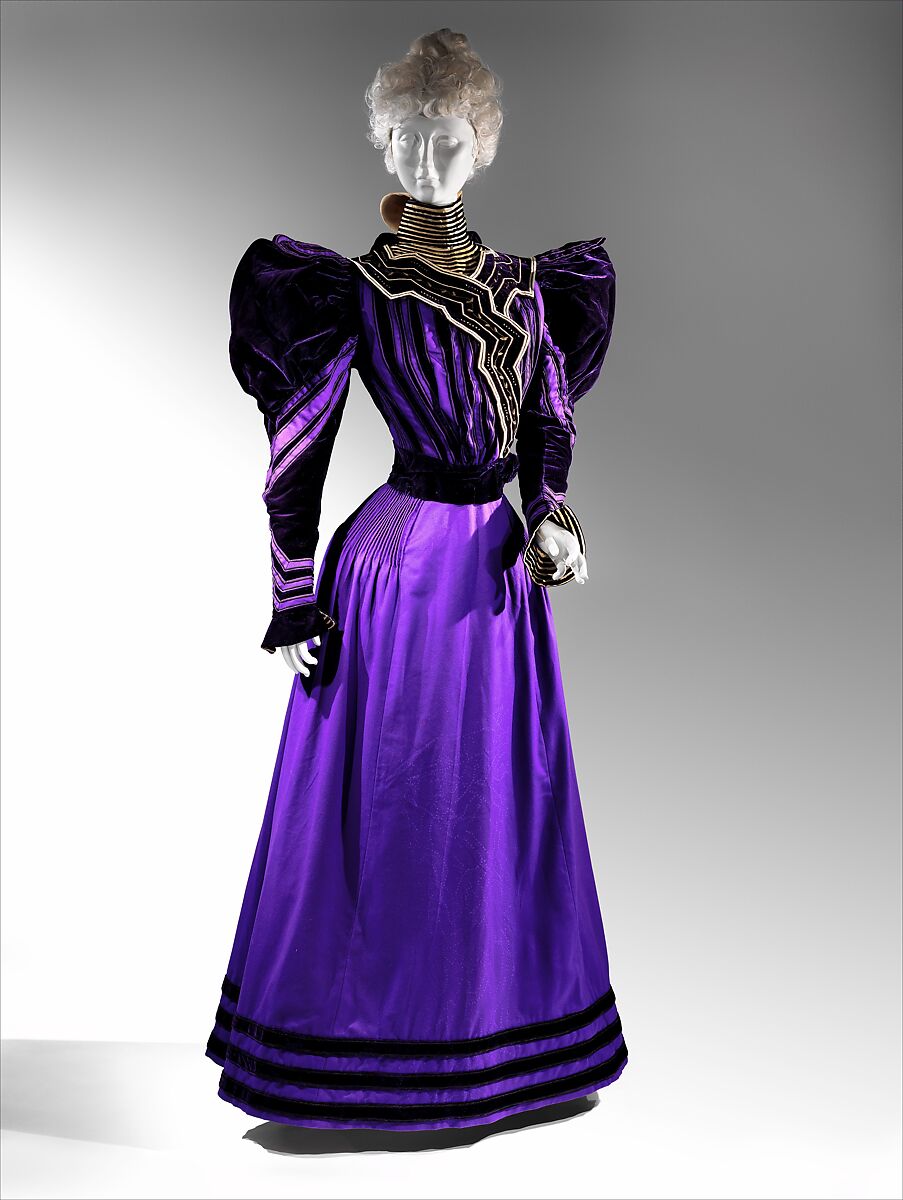


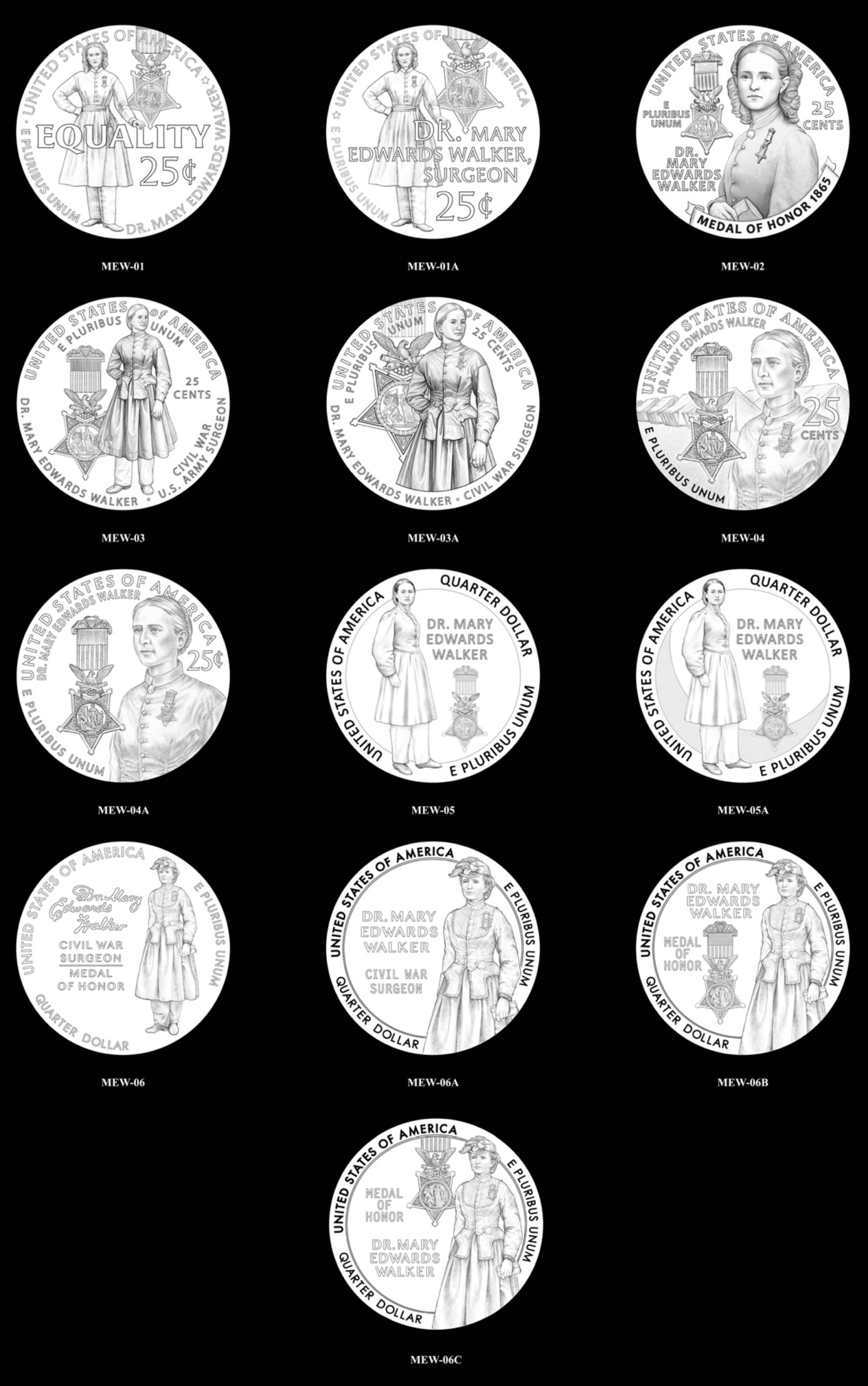
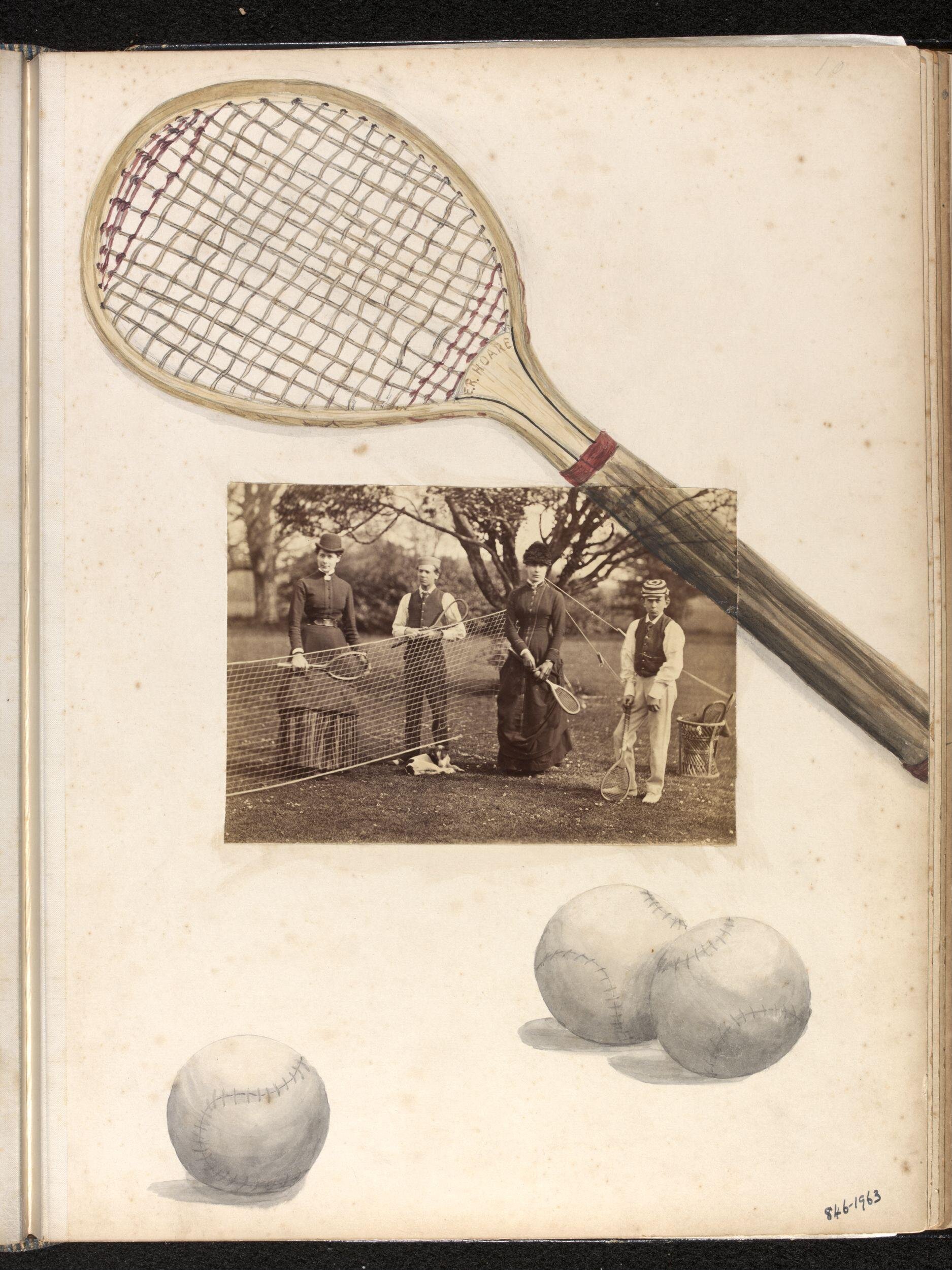
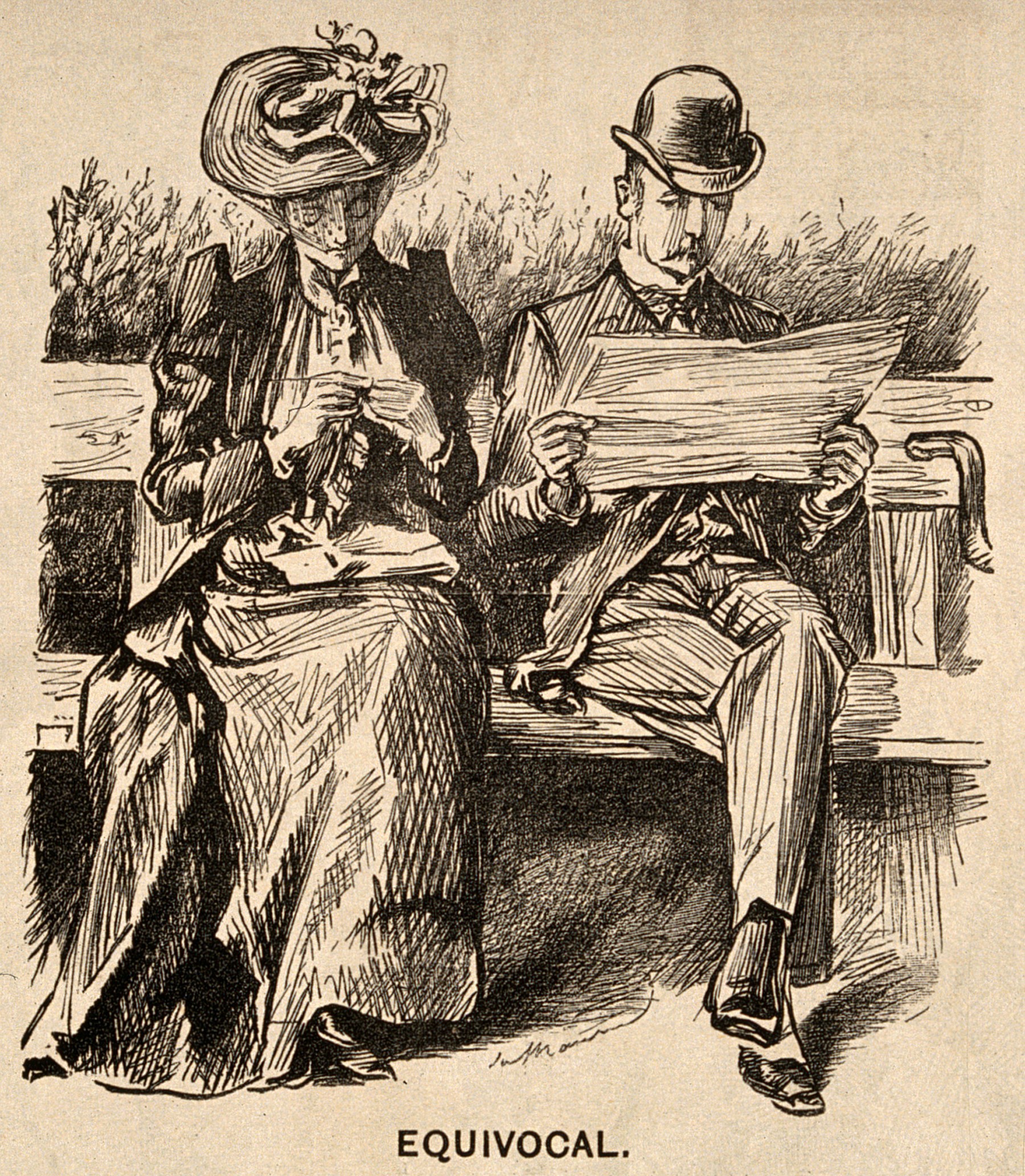
Thank you so much for reading! I also loved learning about Emilie! I am glad she has more new fans!
Thank you for the interesting article. Learned my new fact(s) for today!